Wes Anderson is not just a director, we could even consider him a state of mind. If you have ever been lost looking at a perfectly centered painting or felt nostalgic for something you never experienced but that makes you feel as if it were so, then you already have something in common with his films.
From his first steps as a filmmaker to becoming a world reference, Anderson has created a style so unique that it is impossible to confuse him with anyone else. Today we want to go through his history, his career as a filmmaker to explore his characteristic visual language and discover what makes his films so irresistible to film lovers.
A not very glamorous beginning but full of passion
Before being the king of symmetry and color palettes, Wes Anderson was simply a young Texan with an infinite love for telling stories. He was born and raised in Houston, where he would spend hours making homemade short films with his siblings, using creativity to escape the family chaos following his parents' divorce when he was just eight years old. It was this mix of chaos and nostalgia that would later become the heart of his style.
Everything changed when he met Owen Wilson at the University of Texas. The two formed a creative duo that, despite initial misgivings, worked like magic. Their first joint project, the short film Bottle Rocket (1994), caught the attention of Hollywood and, two years later, was turned into a feature film. Although it was not a commercial success, it laid the groundwork for what was to come: eccentric characters, an unconventional narrative and a hint of melancholy.
With that first spark of creativity ignited, Wes began to experiment with his visual style, searching for a cinematic language that was as personal as the stories he wanted to tell.
It wasn't long before Wes Anderson found his true voice as a filmmaker. And boy did he. His films began to stand out not just for their stories, but for a visual approach so meticulous that it seemed designed by an architect obsessed with detail. But...
What makes Wes Anderson's style so special?
Wes Anderson needs no introduction because his cinema speaks. Literally. His scenes tell stories with a combination of visual and emotional details that seem straight out of a dream. Here's a breakdown of what makes his films so unique.
The Perfect Symmetry
If you've ever felt mesmerized watching a Wes Anderson scene, it was probably because of his obsession with symmetry. Every shot seems to have been calculated with a compass and a ruler. But it's not just about aesthetics: the symmetry in his films makes us feel like everything is under control... even when the characters are in complete chaos.
Some unforgettable examples:
The opening shot of The Grand Budapest Hotel (2014), where we see the iconic building in all its glory.
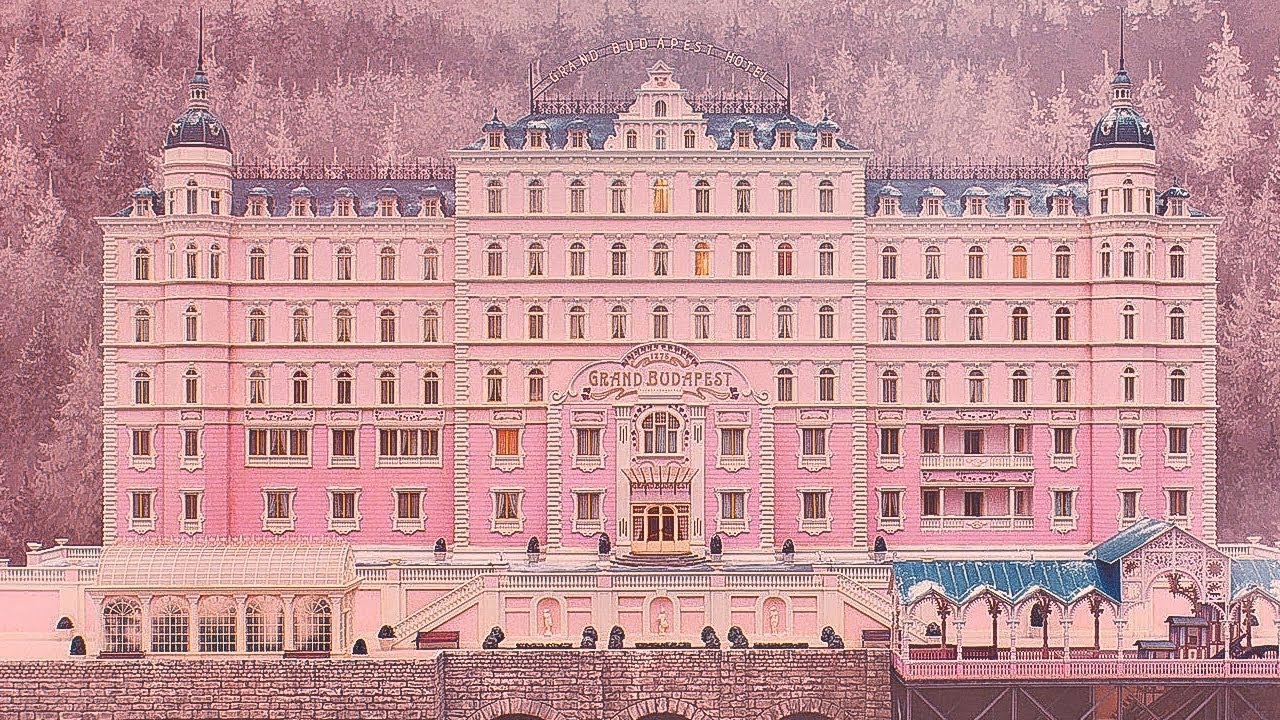
The train carriage in The Darjeeling Limited (2007), with every element perfectly aligned as the siblings deal with their family drama.
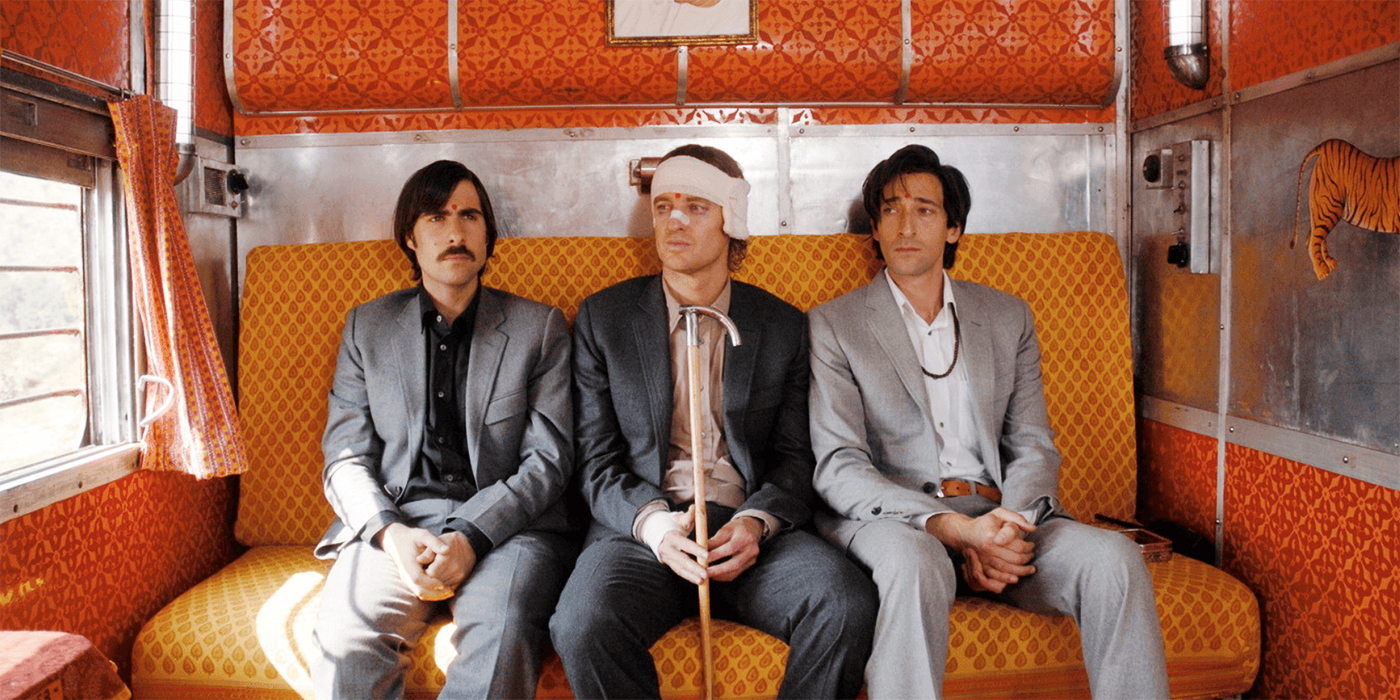
The house in Moonrise Kingdom (2012), with a route so symmetrical that it looks like a dollhouse.
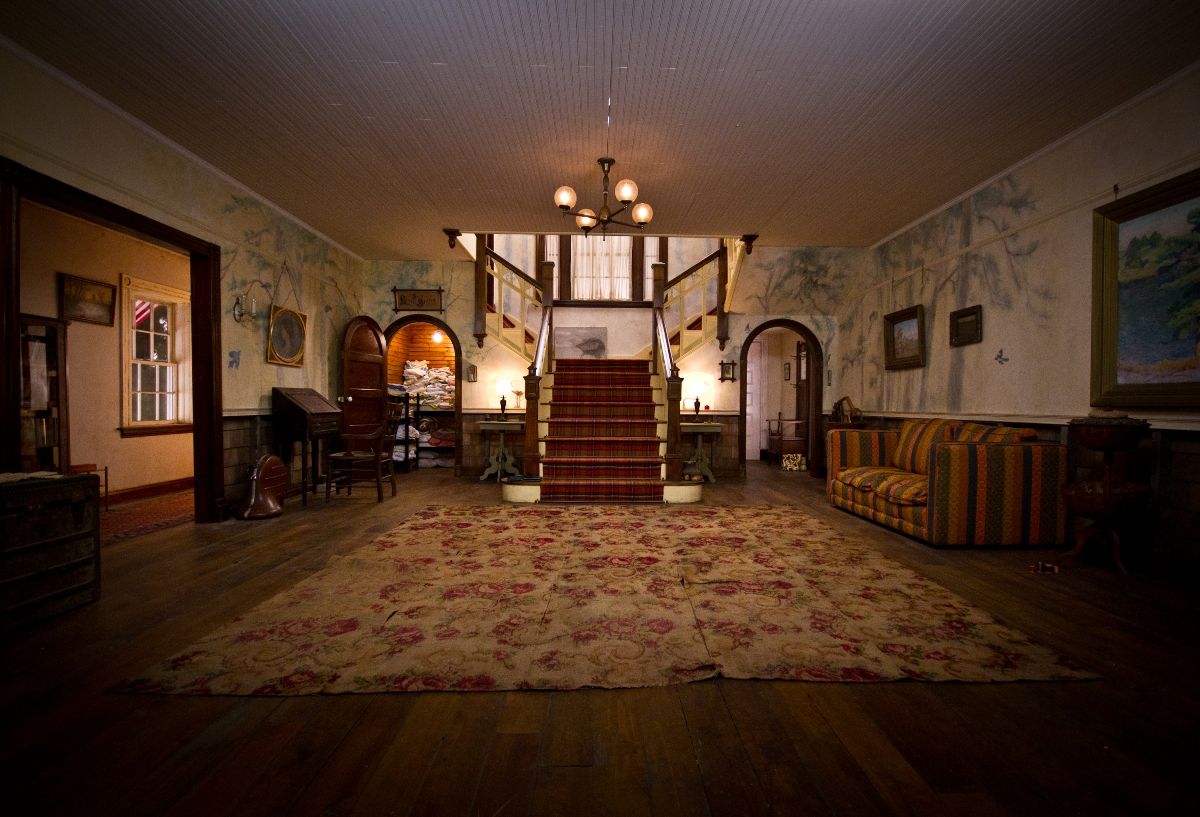
Color palettes that tell stories
Every Wes Anderson film is an explosion of color that isn't just there to look pretty. The hues reflect the emotional state of the characters and the atmosphere of the story.
Nostalgic pastels at The Grand Budapest Hotel: Soft pink and yellow hues evoke a time long gone, full of glamour.
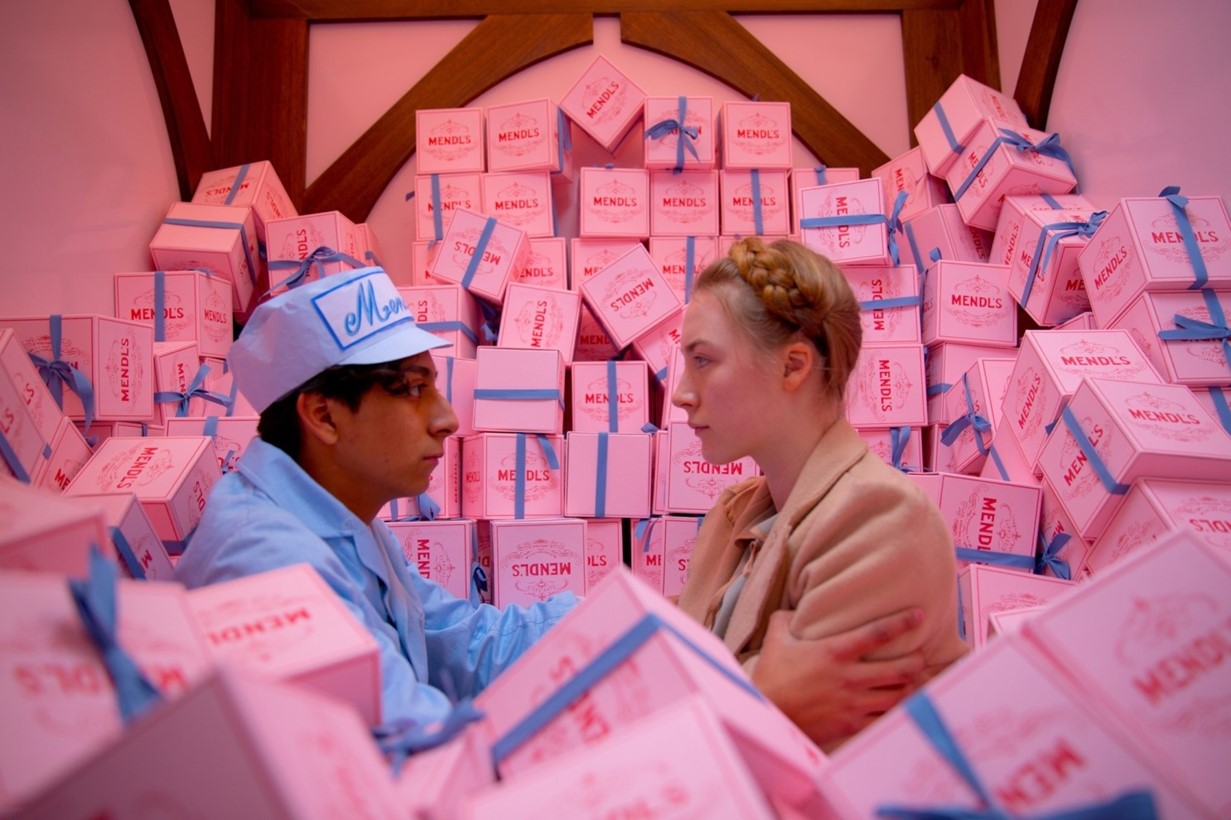
Warm, earthy colors in Moonrise Kingdom: Perfect for capturing the innocence and adventures of childhood.
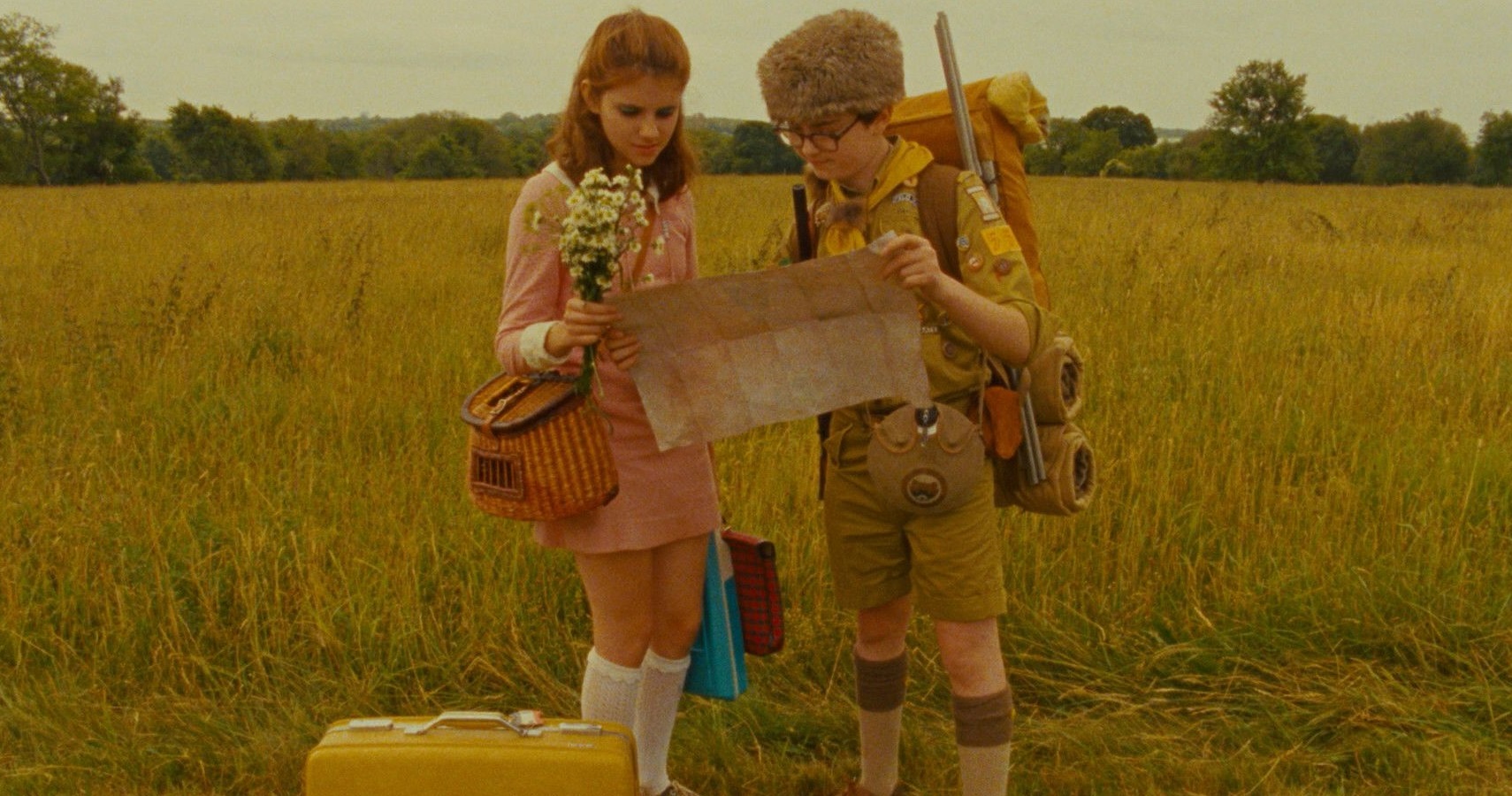
Blues and greens in The Life Aquatic: An ode to the sea and the loneliness of its protagonist, Steve Zissou.
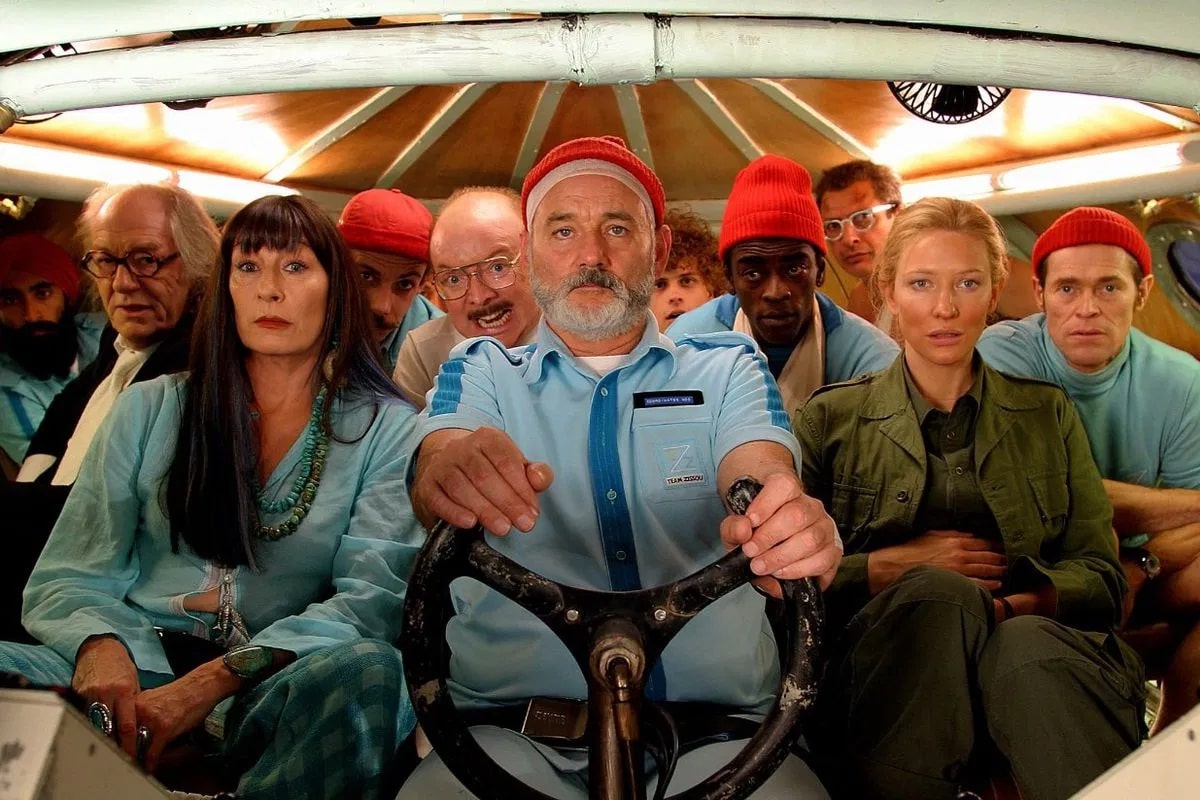
Meticulous Details
From the characters' costumes to the smallest objects on a table, every element in Wes's films is carefully selected. His films are filled with details that reward the attentive viewer, such as the recurring use of handwritten letters, maps, or fictional books.
- The letter in The Grand Budapest Hotel (2014): The letter Zero writes at the end is carefully handwritten, with a wax-sealed envelope. Details like this aren't necessary to the narrative, but they add authenticity and emotional depth.
- Steve Zissou's lab in The Life Aquatic (2004): Every instrument, fish tank, and nautical object is perfectly placed, creating an environment so believable that it feels like you could walk into the scene.
- The Raccoon Store in Fantastic Mr. Fox (2009): Although it's an animated film, Wes insisted that every product in the store have unique labels and that the shelves be perfectly organized.
Quirky Stories with Endearing Characters
At first glance, Anderson's characters may seem like caricatures: an overly serious boy scout, a disgraced businessman, a thieving fox. But beneath that layer of quirkiness, they're deeply human. They're all dealing with trauma, loss, or a longing for something they can't have.
- A trainload of family drama in The Darjeeling Limited (2007): Three siblings embark on a spiritual journey through India… while dealing with grief, resentment, and the chaos of lugging around a printer. Yes, they carry a printer in their suitcases, because why not?
- A school invaded by a child prodigy in Rushmore (1998): Max Fischer, a student obsessed with extracurricular activities, starts a war of revenge against his adult best friend because they both have a crush on the same woman.
- The rebellion of the children in Moonrise Kingdom (2012): A couple of teenagers in love escape into the woods to live out their love. Meanwhile, a troop of scouts, the local police and their parents chase them, creating a perfect mix of comedy and drama.
Wes Anderson's filmography
Now that we know what makes his films special, let's take a tour of his films. Here is a ranking of his filmography according to IMDb ratings, with a brief synopsis of each one:
Asteroid City (2023) - IMDb: 6.5
Set in a desert town in the 1950s, this film follows a group of eccentric characters caught up in a cosmic event. It blends science fiction and absurd humor with Anderson's unique visual style.
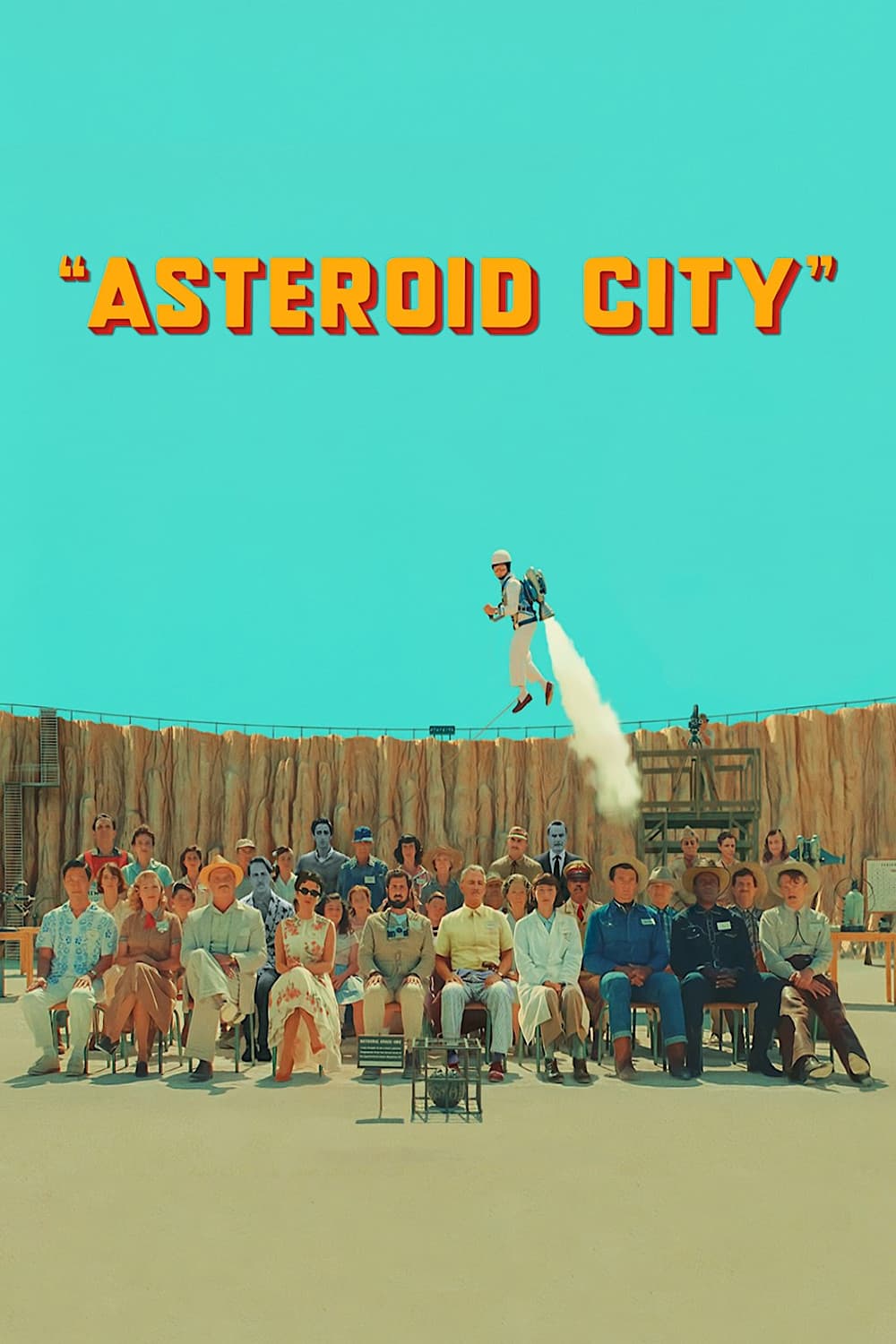
Bottle Rocket (1996) - IMDb: 6.9
Three friends, led by an eccentric dreamer, plan a series of robberies in search of excitement, but their aspirations are thwarted by their inexperience and clumsiness. This debut marked the beginning of Anderson's signature style, though it was still in development.
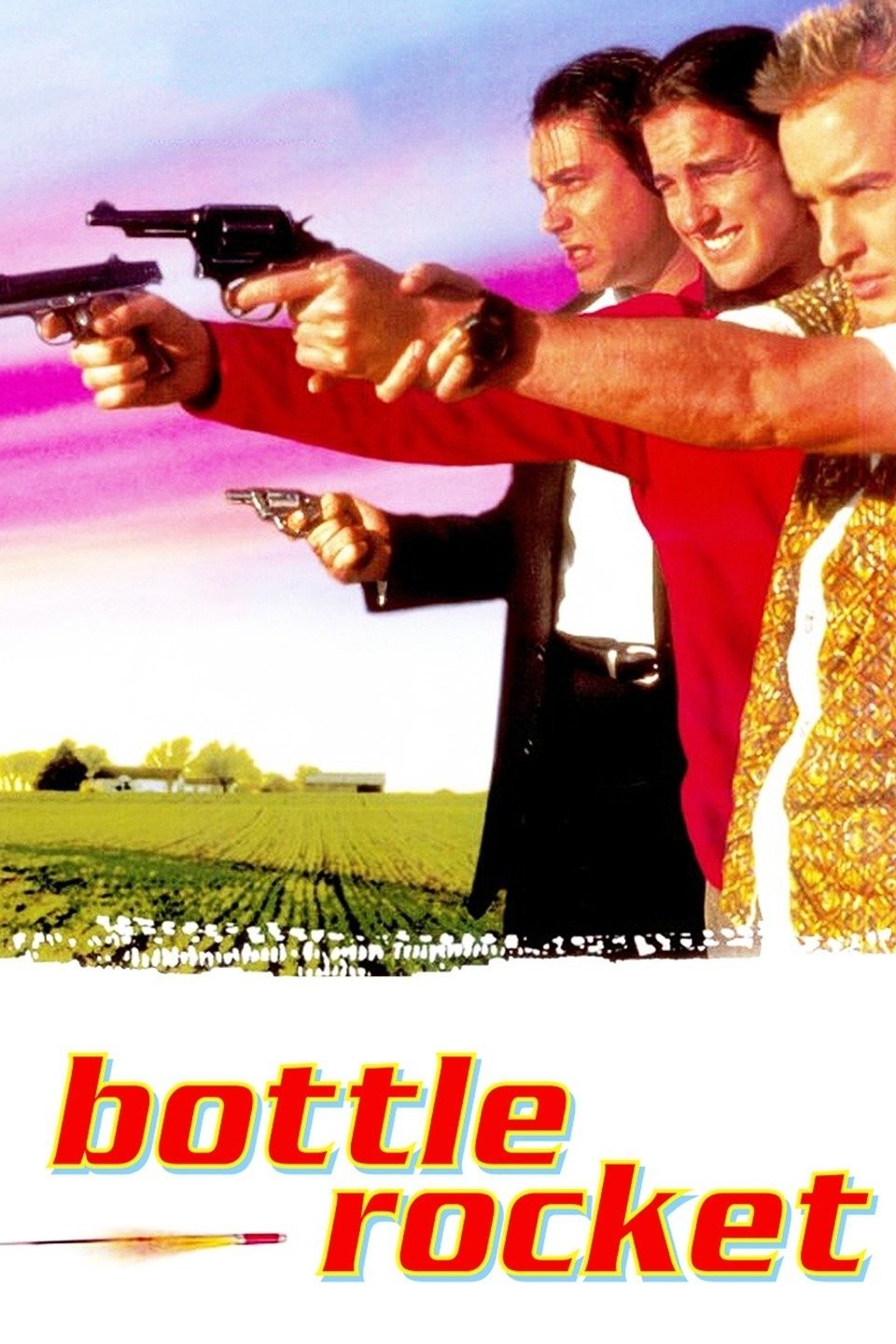
The French Dispatch (2021) - IMDb: 7.1
An anthology of short stories inspired by a fictional magazine, based on The New Yorker. Each story explores artistic and cultural themes with a meticulous visual style and distinctive narratives.
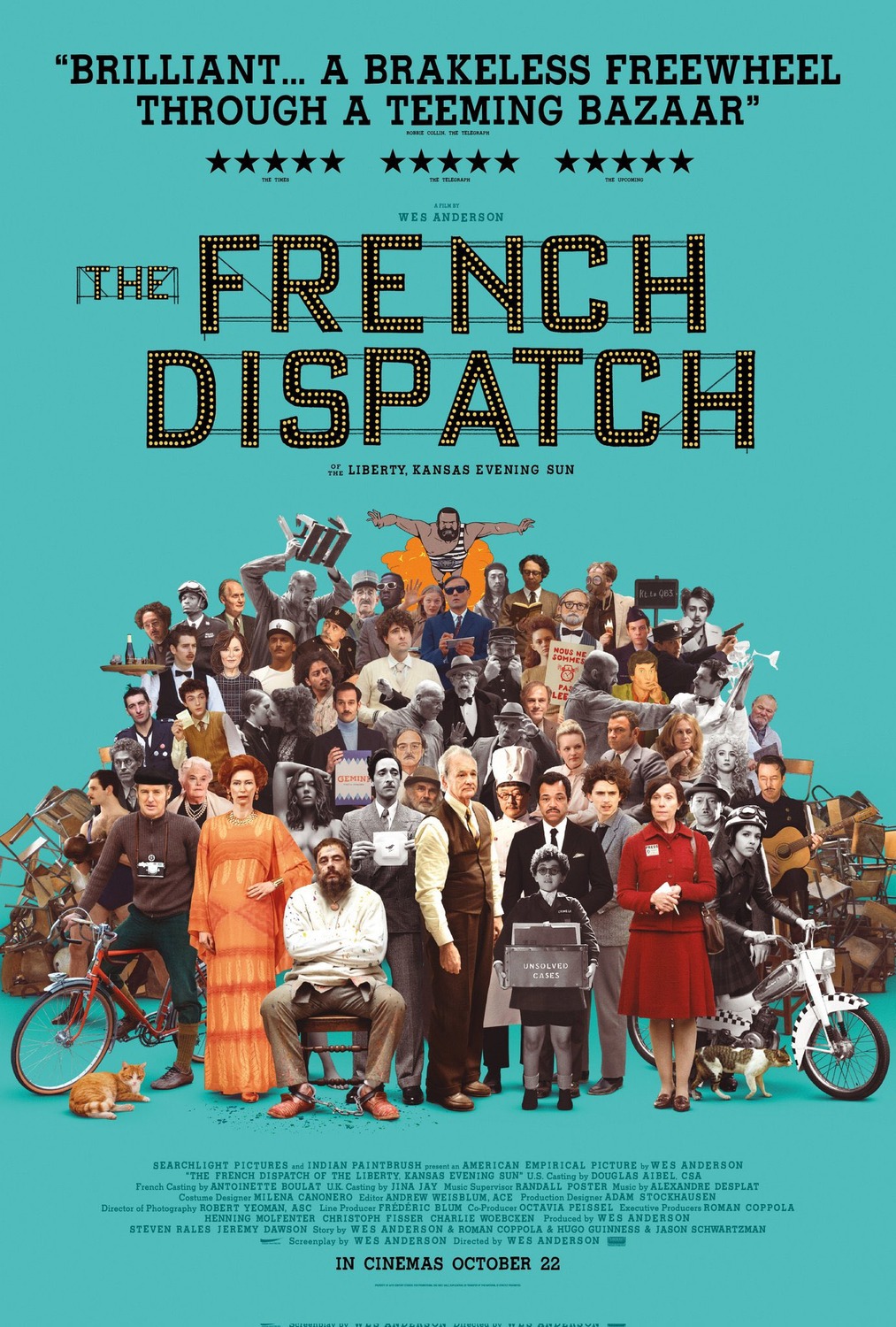
The Life Aquatic with Steve Zissou (2004) - IMDb: 7.2
An eccentric oceanographer embarks on a mission to get revenge on a shark mythical, accompanied by a team as peculiar as he is. An absurd but endearing satire of the marine adventure genre.
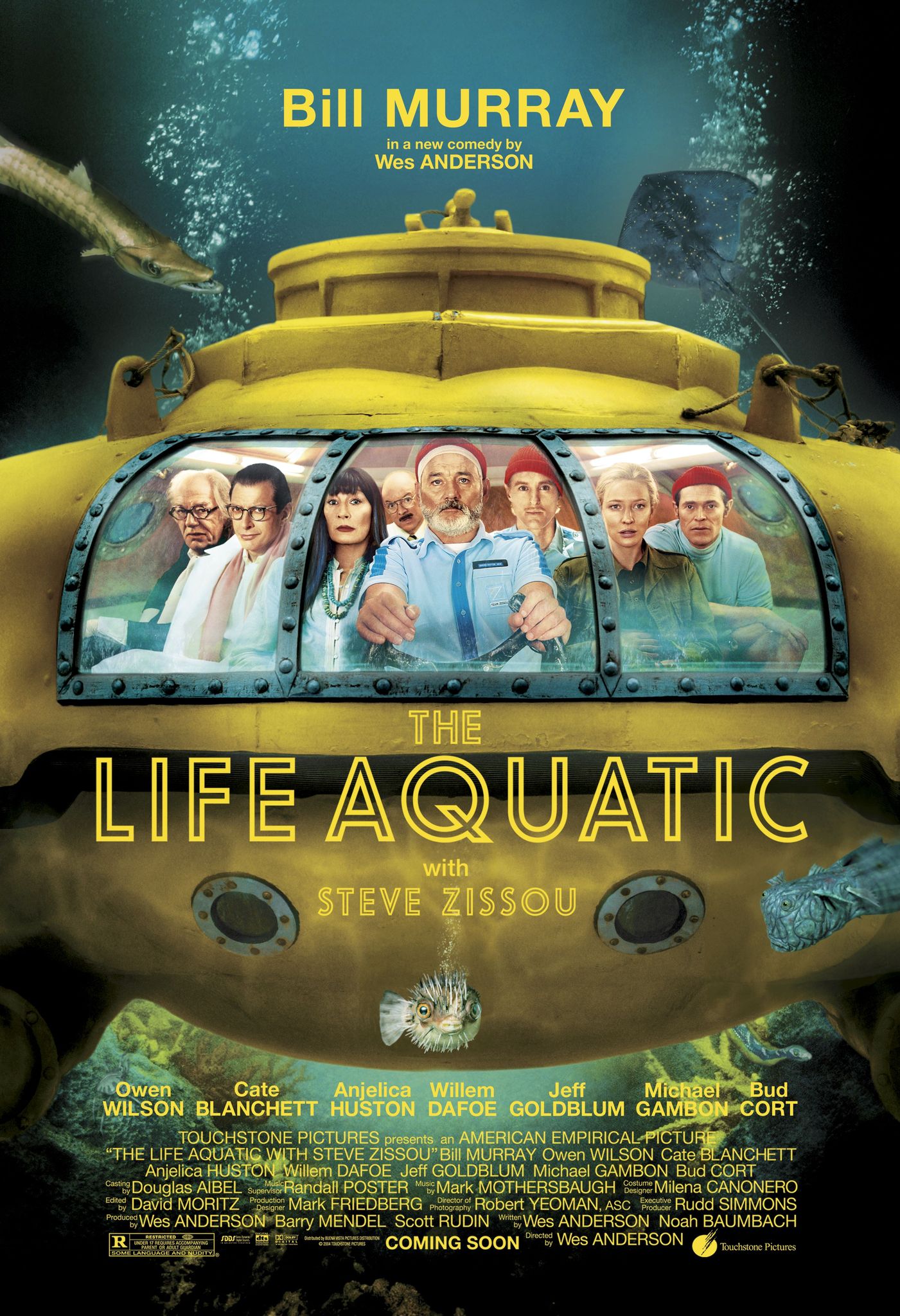
The Darjeeling Limited (2007) - IMDb: 7.2
Three brothers (played by Owen Wilson, Adrien Brody and Jason Schwartzman) travel by train through India to reconnect after the death of their father. It is an emotional adventure full of impressive landscapes.
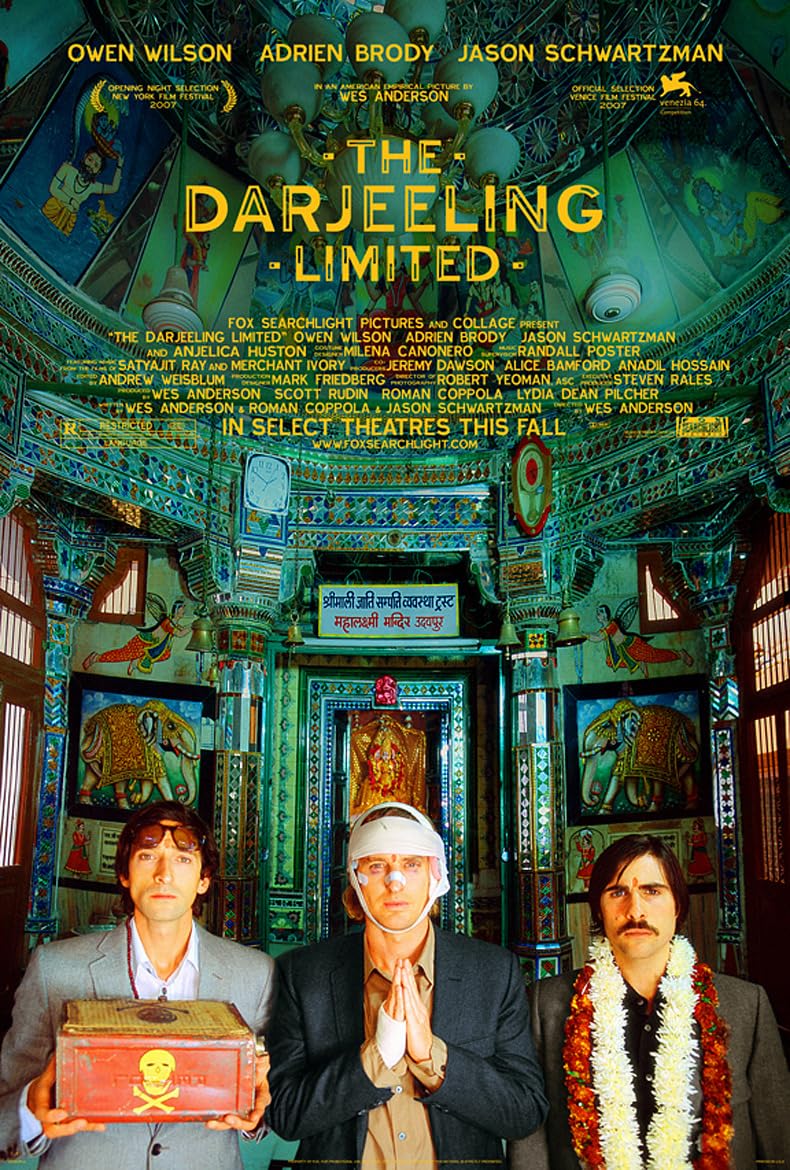
The Royal Tenenbaums (2001) - IMDb: 7.6
A dysfunctional but brilliant family reunites after years of separation when their patriarch announces that he is gravely ill. It is an emotional and comic exploration of nostalgia and regret.
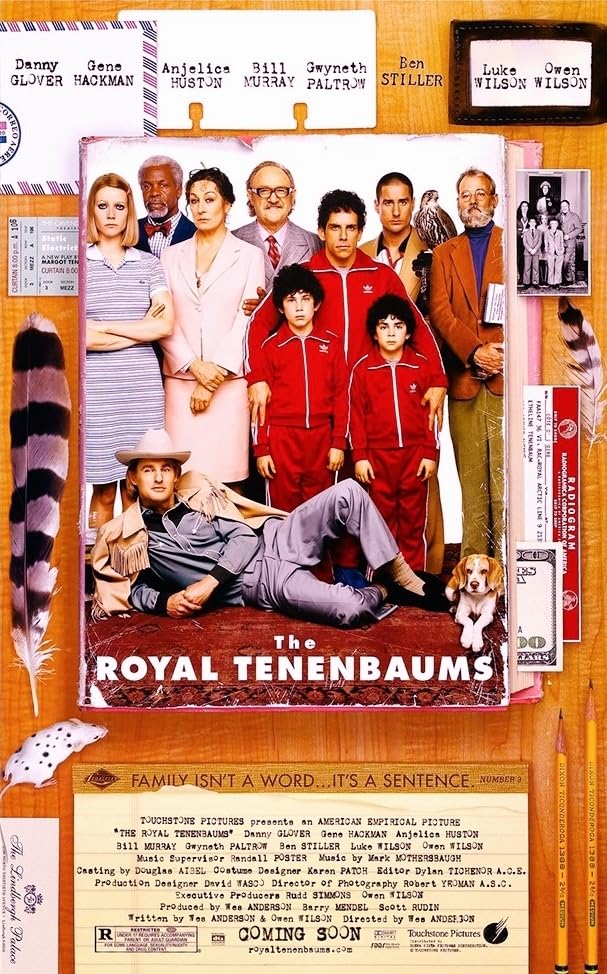
Rushmore (1998) - IMDb: 7.6
Max Fischer, an ambitious but mediocre student, enters into a peculiar love rivalry with a steel magnate. A charming comedy that established Anderson as a unique storyteller.
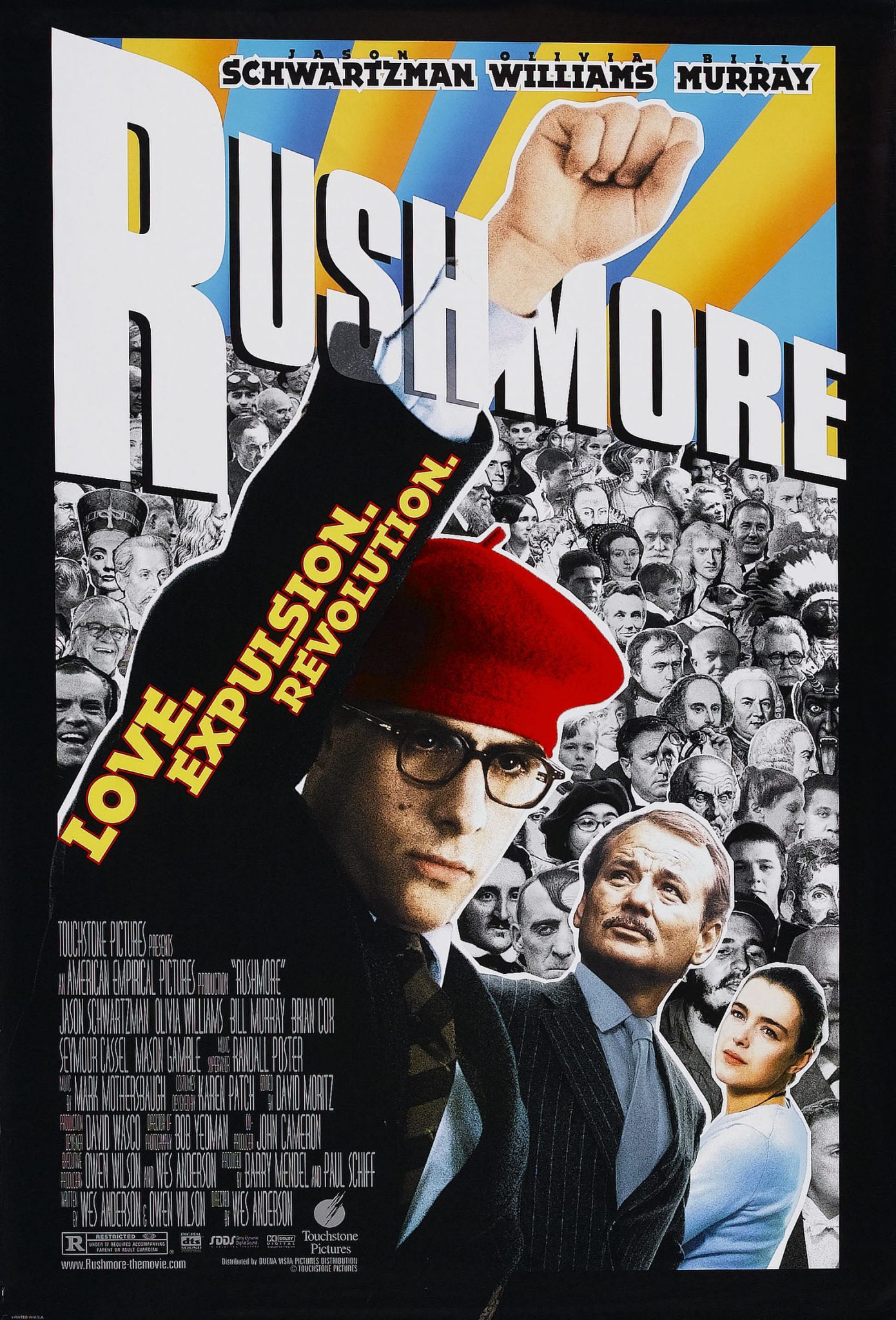
Isle of Dogs (2018) - IMDb: 7.8
In a dystopian Japan, a boy searches for his dog on an island filled with exiled canines. Stop-motion animation and attention to detail make this film a visual feast.
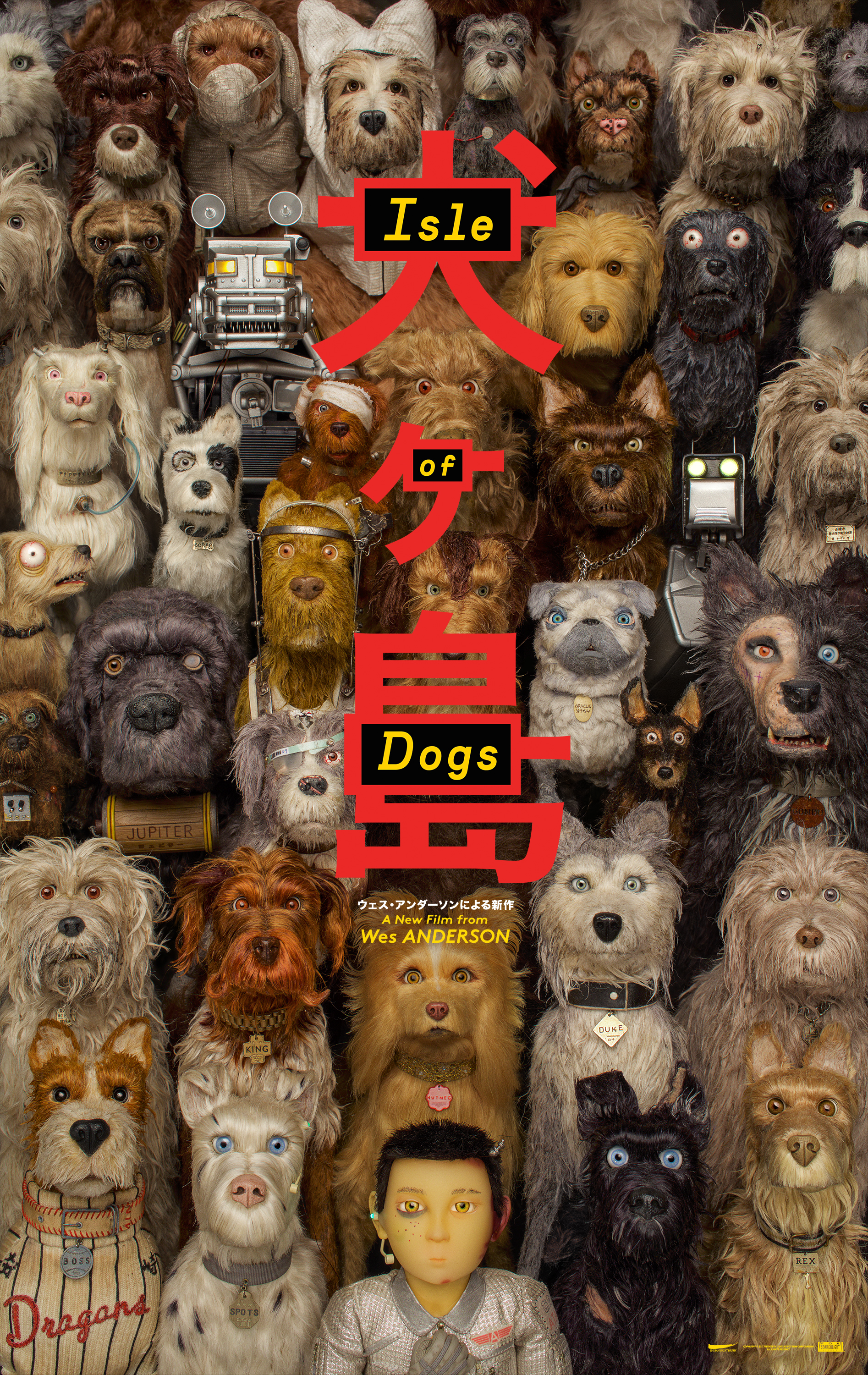
Moonrise Kingdom (2012) - IMDb: 7.8
Two pre-teens fall in love and run away together, sparking a frantic search by the adults of a small island. A touching story about young love and rebellion, surrounded by idyllic landscapes.
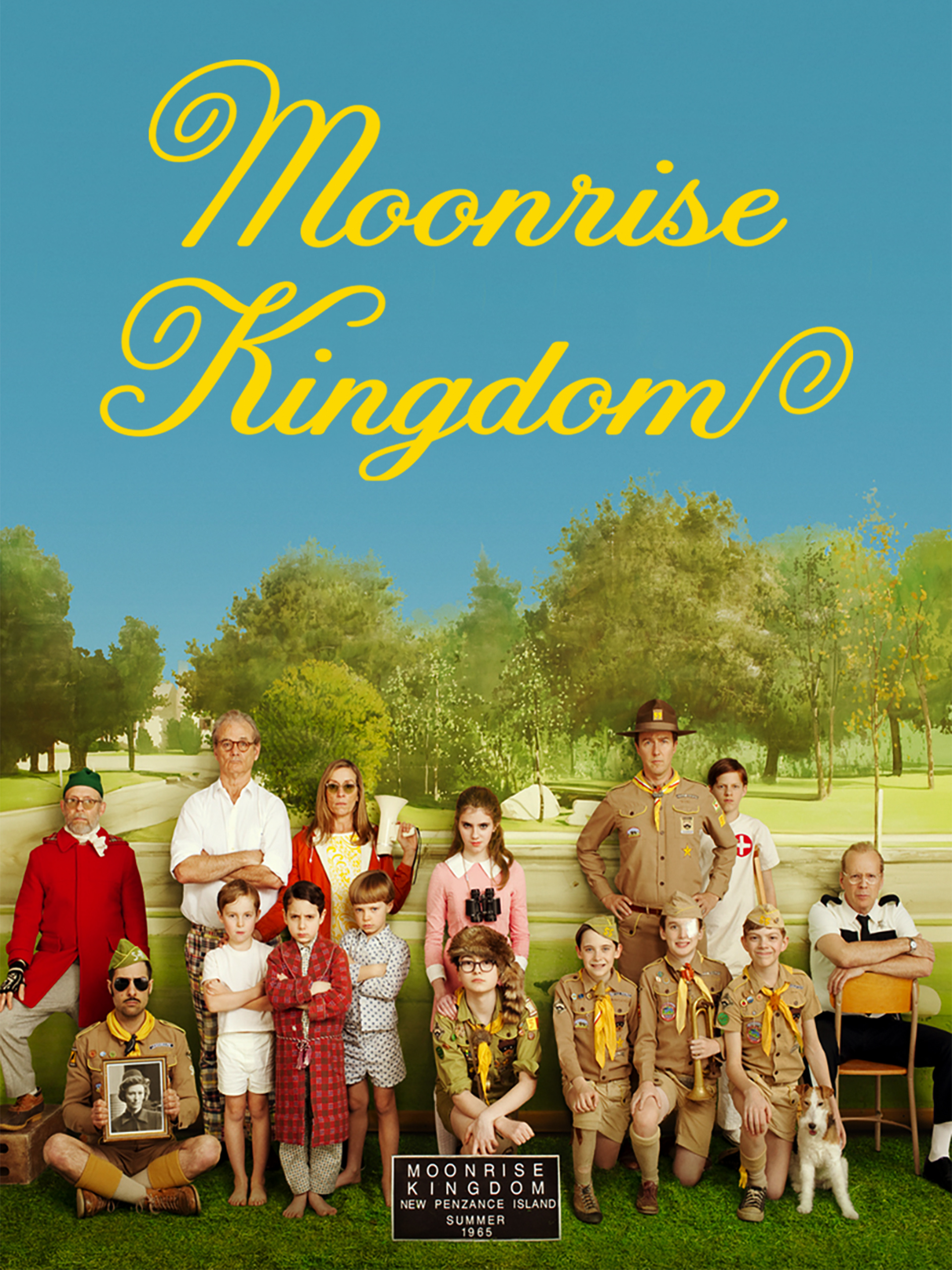
Fantastic Mr. Fox (2009) - IMDb: 7.9
Animated adaptation of Roald Dahl's book, in which a cunning fox leads his family and friends in a war against three cruel farmers. With a unique stop-motion style, it is an endearing and sophisticated work.
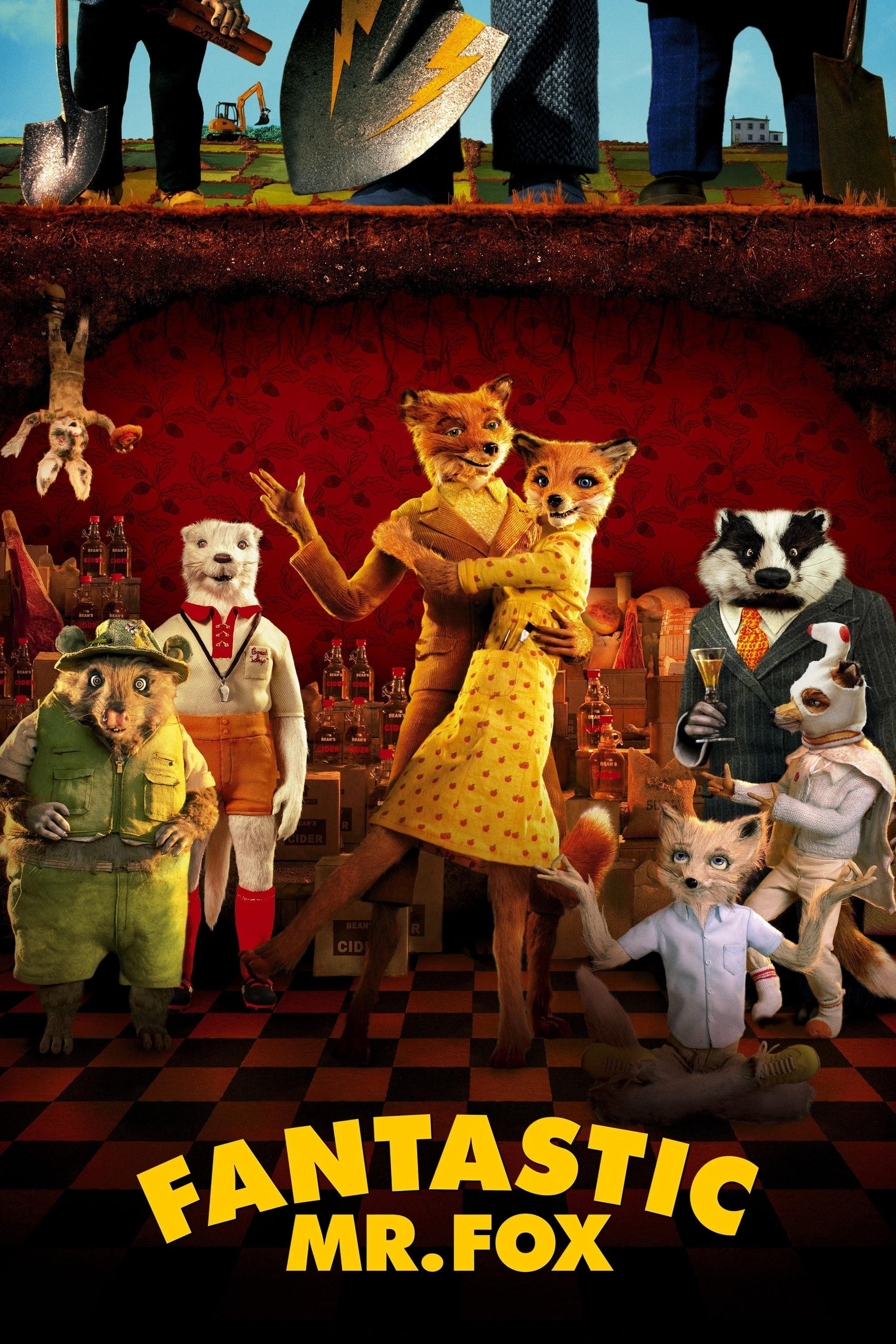
The Grand Budapest Hotel (2014) - IMDb: 8.1
A young bellboy and a famous concierge become involved in a criminal plot at a European hotel during the 1930s. With its eccentric and visually stunning narrative, it is one of Anderson's greatest successes.
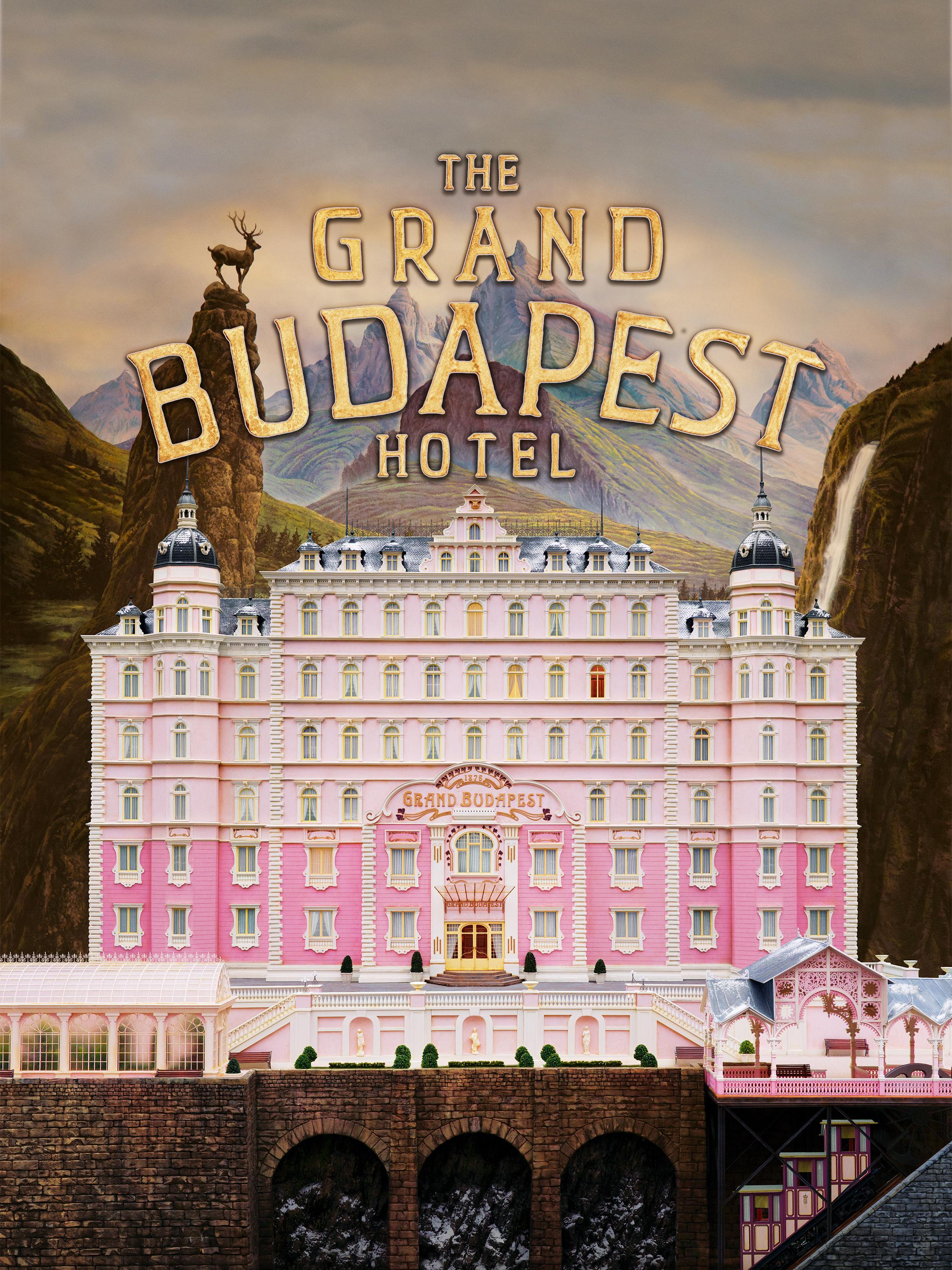
Wes Anderson has redefined what it means to have a personal style in cinema. His films are not just stories; they are visual and emotional experiences that leave a mark. Although his detractors criticize him for being "too stylized," the truth is that his ability to Balancing the visual with the emotional is unique.
Today, his influence is palpable in advertising, music videos and even independent cinema. His greatest legacy? Reminding us that being different is not only okay, but can make a difference.
What is your favorite Wes Anderson movie and why? Is it because of the aesthetics, the characters or simply because it makes you feel something special? Leave me a comment with your answer and, if you liked this article, share it with someone who loves cinema as much as you do!
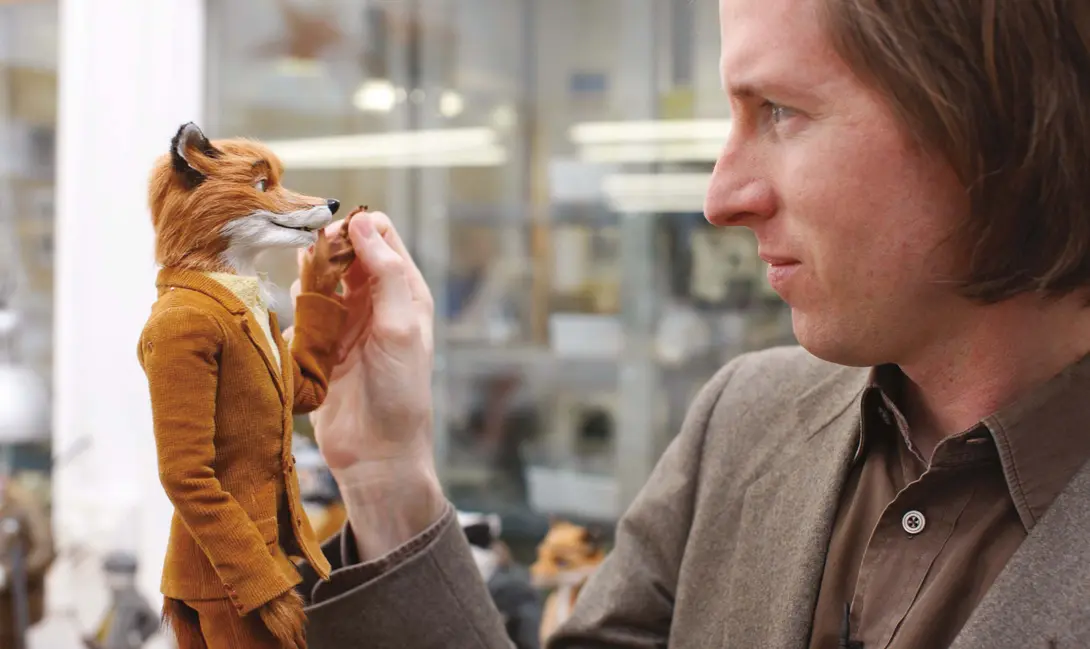
Comentarios